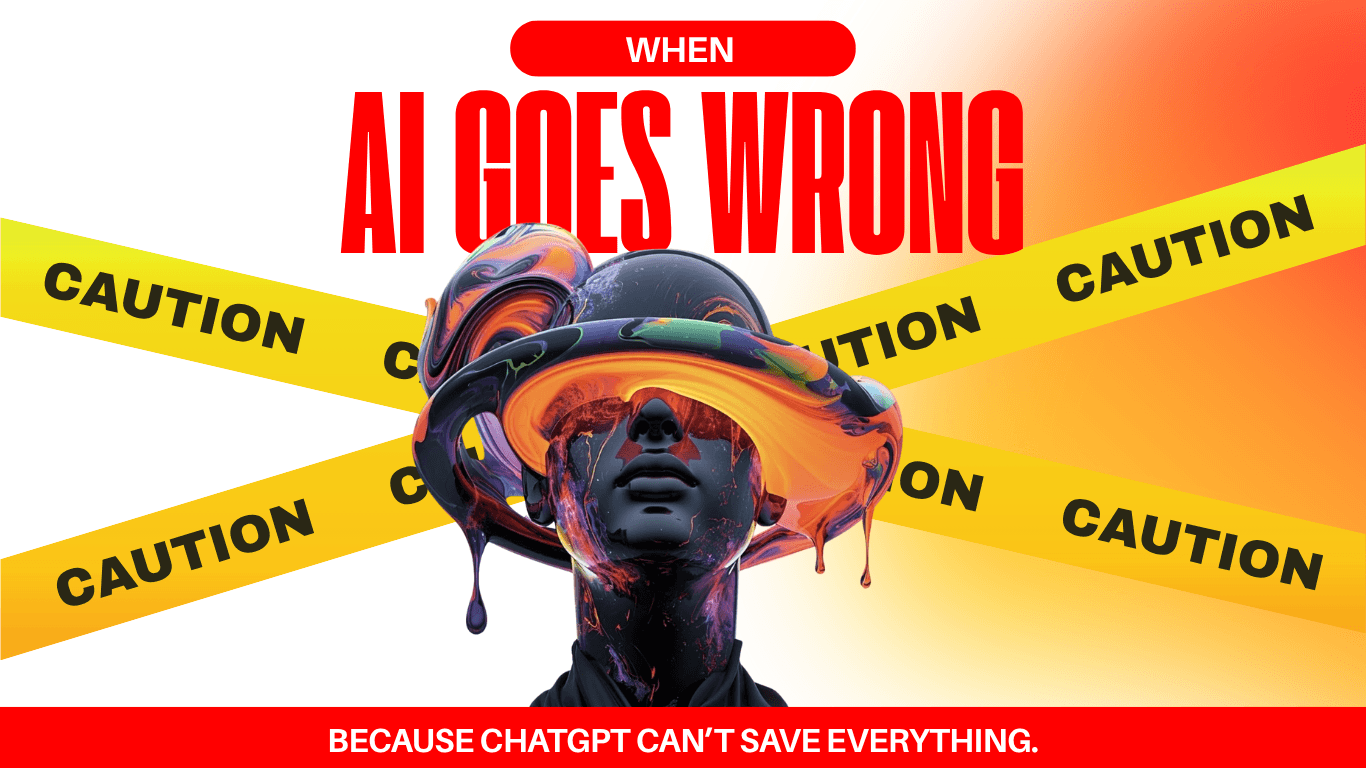
Why Most AI Features Fail After Launch
By Asad shah
Published on October 14, 2025
Technology is only as smart as the people who design it.
“Let’s Add AI!” — The Most Dangerous Sentence in Tech
Let’s be honest… “Let’s add AI!” might be the most dangerous sentence in tech right now.
I’ve been building web apps for over three years, and I’ve seen this happen over and over.
The idea sounds magical. The demo looks slick.
But the moment you put it in front of real users — 💥 boom.
Suddenly, your “genius” feature starts acting like a confused intern.
Here’s what usually goes wrong (and how to fix it).
1. The “Because It Sounds Cool” Feature
You know the one.
No user asked for it, but someone thought it would “make us look innovative.”
Spoiler: users don’t care about your innovation — they care if it saves them time or money.
If AI isn’t solving a real problem, it’s just an expensive decoration.
The fix? Start with pain, not potential.
Ask yourself: What’s the real moment of friction for the user?
If AI isn’t making that smoother, delete it.
2. Context? What Context?
AI is like that one friend who gives advice without knowing the story.
If you don’t feed it proper context or data, it will hallucinate confidently — and embarrass you spectacularly.
Once, our AI literally recommended a pricing plan that didn’t exist.
Funny? Yes. 🤭
Helpful? Absolutely not. 🤔
The fix? Give your AI structured context — clear prompts, user history, and business rules.
AI without context is just creative chaos.
3. Speed > “Smart”
I once shipped a “smart” feature that took 12 seconds to respond.
Guess what users thought? That it was broken.
Here’s the lesson I learned the hard way:
Speed feels like intelligence.
If your AI is slow, it doesn’t matter how accurate it is — users will close the tab before they appreciate the magic.
The fix? Prioritize latency.
Cache results, pre-load prompts, and design fallbacks.
Make the product feel instant, even if it’s secretly thinking.
4. No Feedback = No Brain
AI isn’t a one-time build. It’s a living system that learns from how people use it.
If you don’t collect feedback, your AI becomes dumber every day.
Even ChatGPT learns from user ratings — so why shouldn’t your app?
The fix? Add a tiny feedback loop.
A simple “Was this helpful?” can give you insights worth thousands in R&D.
You can’t improve what you don’t measure.
5. The Chatbot Obsession
Let’s be real: not everything needs a chatbot.
Sometimes, a tiny auto-suggest box or a smart fill button does far more good than an entire conversational UI.
The best AI features often feel invisible — not loud.
Great AI feels like the app “just gets you.”
If users notice your AI, you’ve probably overdesigned it.
What I’ve Learned
After shipping (and breaking) enough AI features, here’s my biggest lesson:
Good AI doesn’t feel like AI. It feels like empathy built into software.
When users say, “Wow, it’s like this app understands me,” that’s when you’ve nailed it.
The rest is just noise.
Key Takeaways for Founders & Builders
- ✅ Don’t build for “cool.” Build for clarity.
- ⚡ Speed is more valuable than genius.
- 🔁 Feedback keeps AI alive.
- 💬 Simplicity beats conversation.
- 🧭 Solve pain before adding intelligence.
